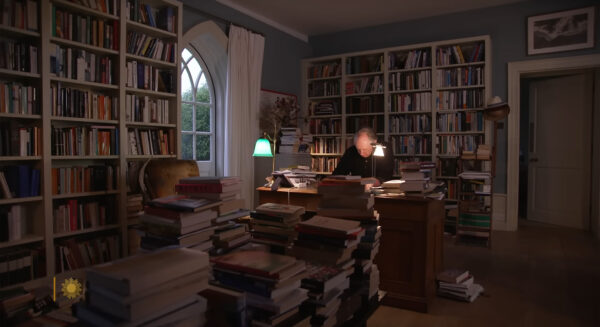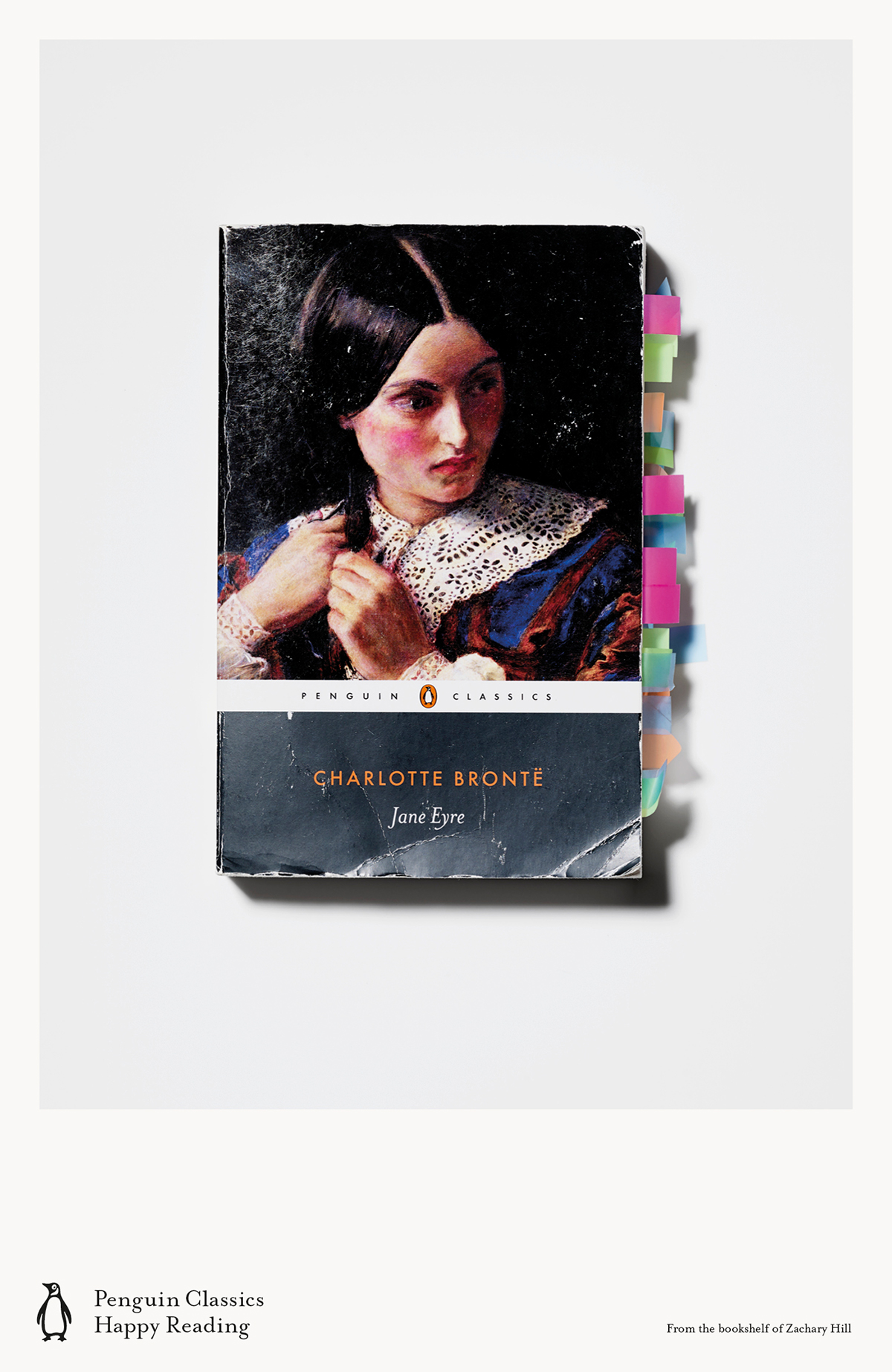Years ago, on a trip to England, I visited the Globe Theatre where an actor recited Shakespeare’s words in their original pronunciation. Until then, I had no idea how different the same words sounded in Shakespeare’s time. Remarkable. (Via Kottke.)
Art
Scenius
There’s a healthier way of thinking about creativity that the musician Brian Eno refers to as “scenius.” Under this model, great ideas are often birthed by a group of creative individuals — artists, curators, thinkers, theorists, and other tastemakers — who make up an “ecology of talent.” If you look back closely at history, many of the people who we think of as lone geniuses were actually part of “a whole scene of people who were supporting each other, looking at each other’s work, copying from each other, stealing ideas, and contributing ideas.” Scenius doesn’t take away from the achievements of those great individuals: it just acknowledges that good work isn’t created in a vacuum, and that creativity is always, in some sense, a collaboration, the result of a mind connected to other minds.
— Austin Kleon (via Kottke)
Ian McEwan interviewed
Familiars
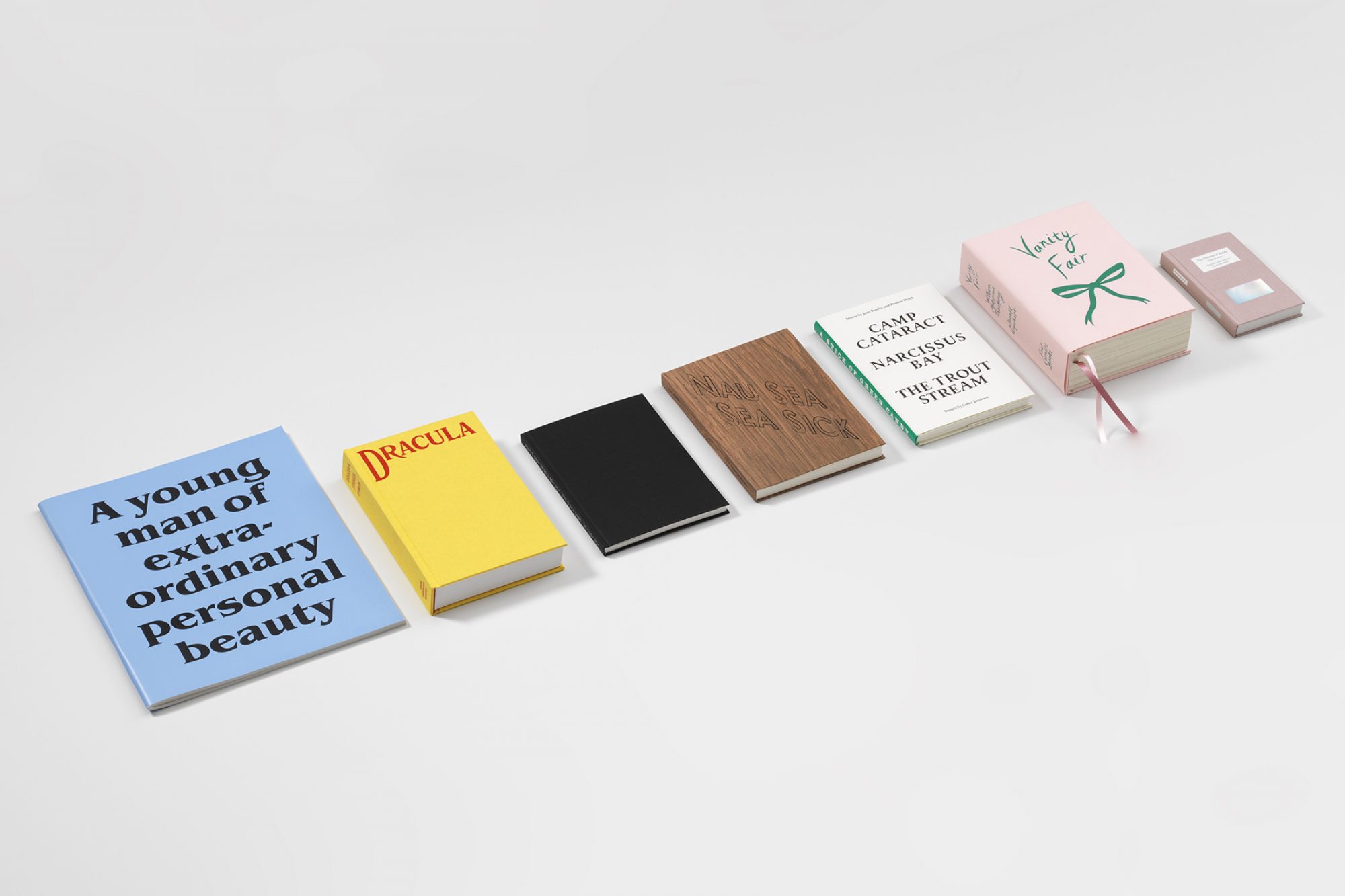
Familiars is an extraordinary series of classic texts reinterpreted by modern artists, from English publisher Four Corners Books. “Each book is different in style and format, according to the needs of the artwork and the text.” Very cool.
The Myth of a Golden Age of Books
Amazing fact of the day: in 1931 there were just 500 or so real bookstores in America, and two-thirds of the country had no bookstores at all.
In the entire country [in 1931], there were only some four thousand places where a book could be purchased, and most of these were gift shops and stationary stores that carried only a few popular novels.… In reality, there were but five hundred or so legitimate bookstores that warranted regular visits from publishers’ salesmen (and in 1931 they were all men). Of these five hundred, most were refined, old-fashioned ‘carriage trade’ stores catering to an elite clientele in the nation’s twelve largest cities.
Furthermore, two-thirds of American counties — 66 percent! — had exactly zero bookstores. It was a relatively tiny business centered in the urban areas of the country. Did some great books come out back then? Of course! But they were aimed only at the tiny percentage of the country that was visible to publishers of the time: sophisticated urban elites. It wasn’t that people couldn’t read; by 1940, UNESCO estimated that 95 percent of adults in America were literate. No, it’s just that the vast majority of adults were not considered to be part of the cultural enterprise of book publishing. People read stuff (the paper, the Bible, comic books), just not what the publishers were putting out.
Victor Hugo
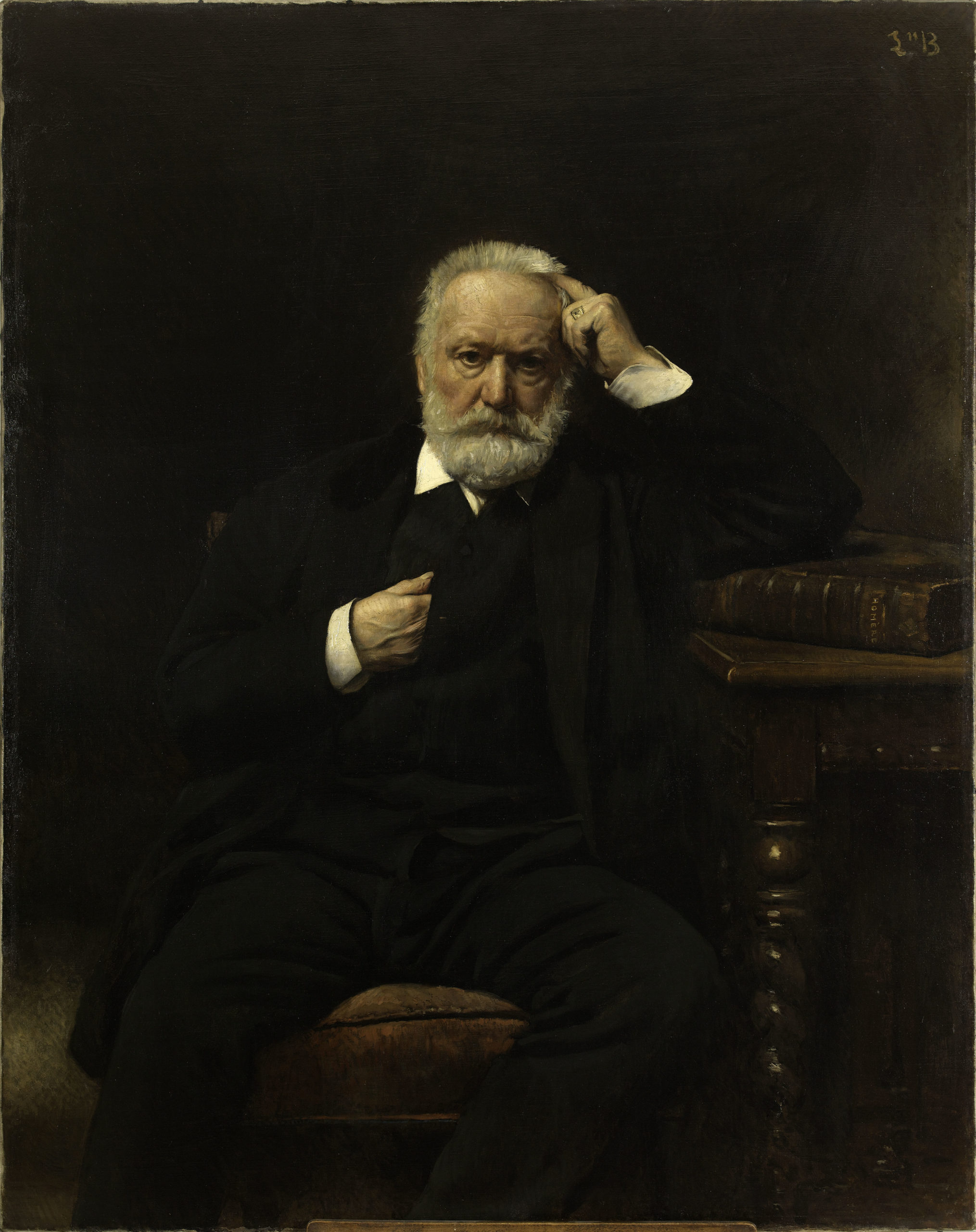
Portrait of M. Victor Hugo (1879) by Léon Bonnat. Click for hi-def image. (Via)
Moby Mobile
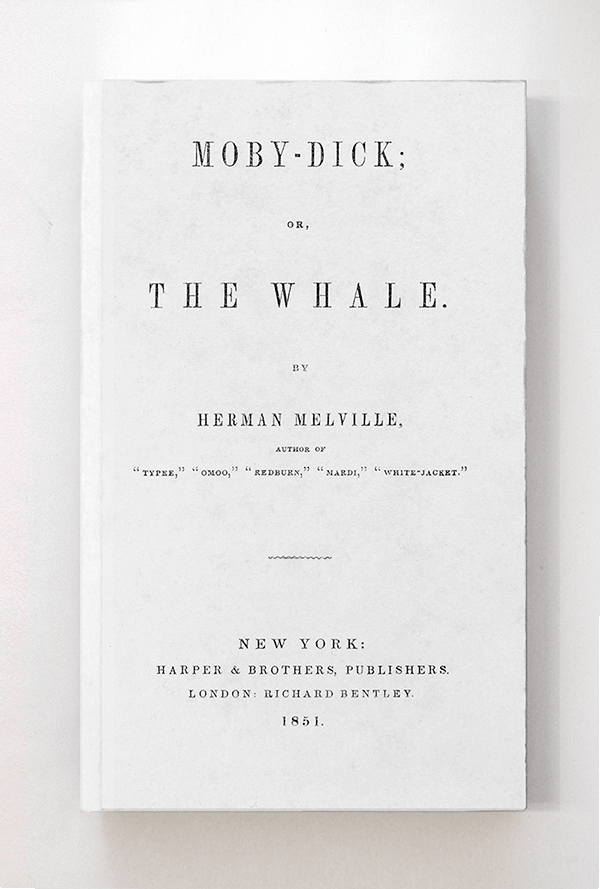
Animated book covers is simply too good an idea not to happen. (Artwork by Javier Jensen.)
Happy reading
This new ad campaign for Penguin Classics is lovely. (More here.)
